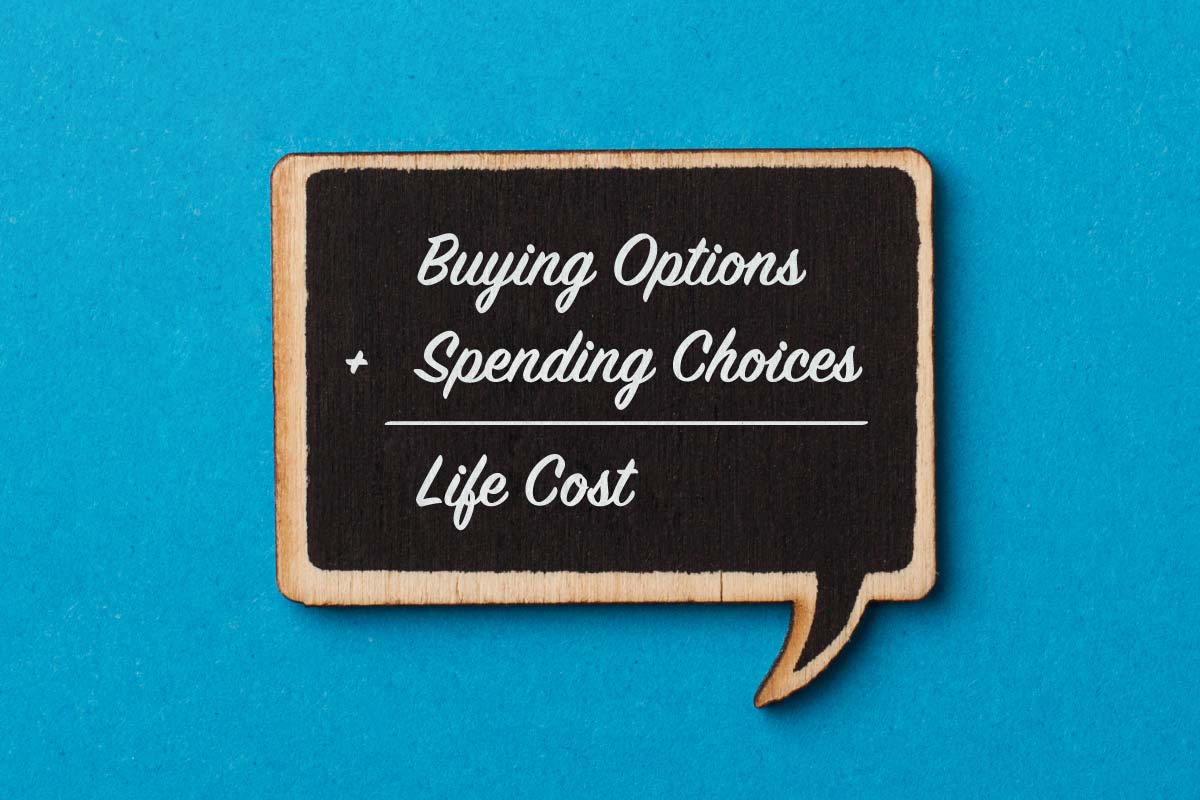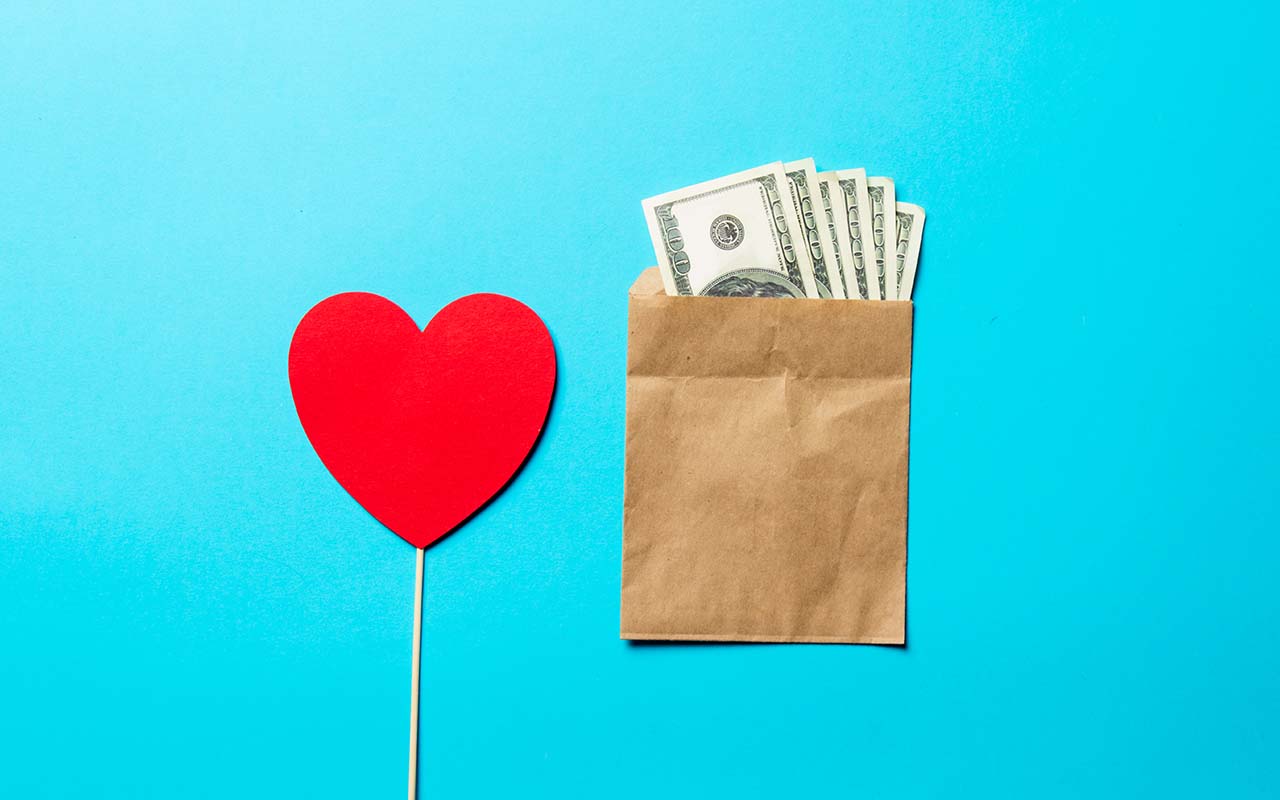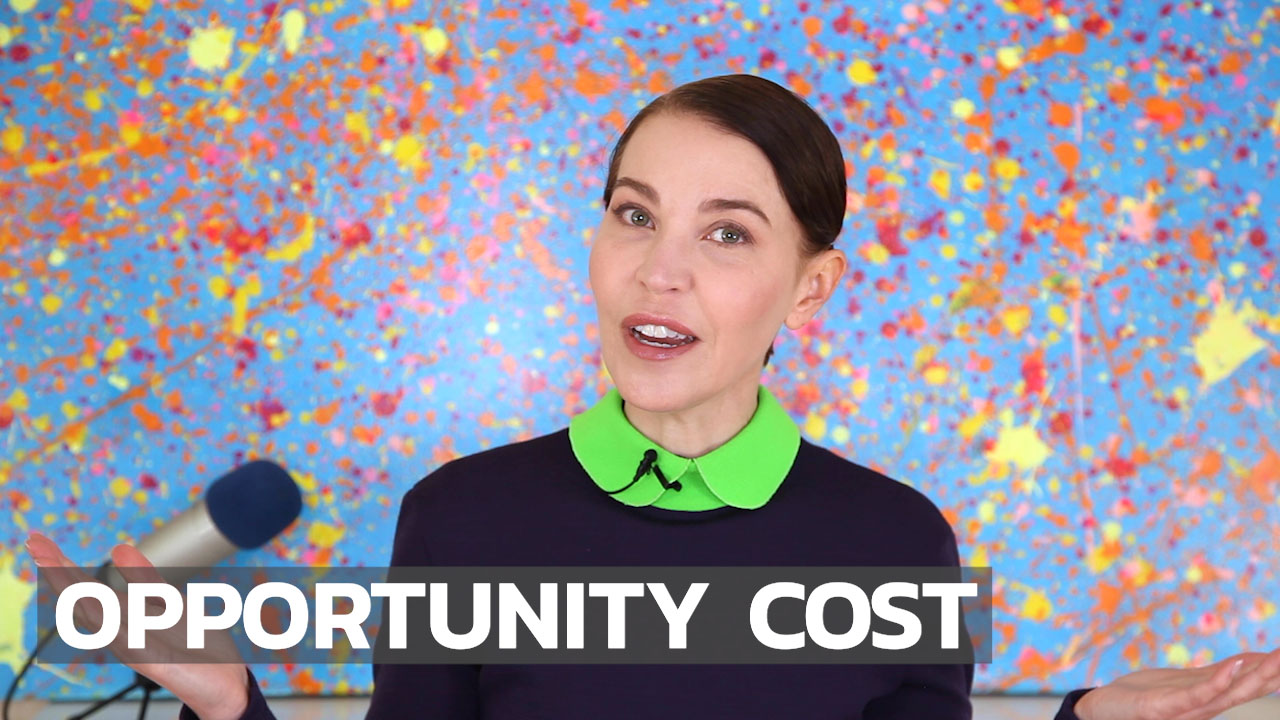💰 What’s the cost?
What’s your most valuable resource? It’s your time. We all have a set number of hours to live. Today is all about the trade-offs we make when we choose spending money over our time.
💪 Let’s do this!
Today’s newsletter is 619 words, 3 minutes.
The big thing: Know your trade-off
❓ When is buying something worth it? It’s an interesting question, because what most people are really asking is if something is a deal.
- When we rate a purchase based solely on it being a deal or not, we miss the most important point when it comes to spending money.
- You must measure a product’s value in terms of opportunity cost.
⚖️ Opportunity cost is what you miss out on when you choose one option over another – it’s your trade-off. Your opportunity cost is the single most important thing you absolutely need to know if you’re going to be successful with money because choosing your trade-offs in life will make or break you.
💰 Money is all about opportunity cost. Every choice you make has a cost, but few of us reflect on how our present choices can impact our future options.
⬇️ I have three steps for finding your opportunity cost. The results are eye-opening!
Step 1: Your buying options

🔬 The formula for finding your trade-offs is a simple 30-second exercise that curbs impulse spending, stops FOMO in its tracks, and brings more mindfulness to your money.
❓ Ask yourself: What are the alternatives to buying this thing?
- Can you make do with something you already own?
- Could you buy a less expensive item? Find it second-hand?
- Calculate how five years of compound interest could grow this money.
The best use for the money could be repaying debt or saving to reach a financial goal. Contributing to a retirement fund to get a tax break would be a huge win for your future self too.
🌊 Dive Deeper: Here’s a fun video I made about How to find your opportunity cost.
🎯 Bottom Line: Your opportunity cost is different from your friends’, so find YOUR personal trade-off and decide if paying for a product or service today is worth the lost future benefit.
Step 2: Your spending choices

🧠 Remember how spending felt with your last few purchases. How did you feel when the money was gone?
- Is there a similar past spending decision you can revisit?
- Did you feel buyer’s remorse?
- Did you get grumpy when the credit card bill arrived?
🌊 Dive deeper: Finding out how FOMO wires you to spend could save you money and social media grief.
🎯 Bottom Line: Reflecting on past spending decisions can help you re-evaluate future spending – remembering how it feels to get the bill often stops FOMO or impulse buying in its tracks.
Step 3: Your life cost
![]()
⏳ How much of your life (your time) are you trading for this purchase?
- Paycheck Earners: Calculate how many hours you have to work to buy this thing.
- Freelance/Gig/Creator Economy: Your income isn’t always tied to time. Earnings may be tied to creating a product or service, so consider how much product, or widgets, or units of work you need to produce to make a purchase.
🎯 Bottom Line: Countless readers just like you have reflected on the opportunity cost formula (Buying Options + Spending Choices = Life Cost) to determine if buying something is worth it.
Knowing your opportunity cost can help you decide if spending the money is more important than your most valuable resource – your time.
You are loved,
Kerry
P.S. I know this formula isn’t real mathy-math. But the calculus of life is a worthy equation.
